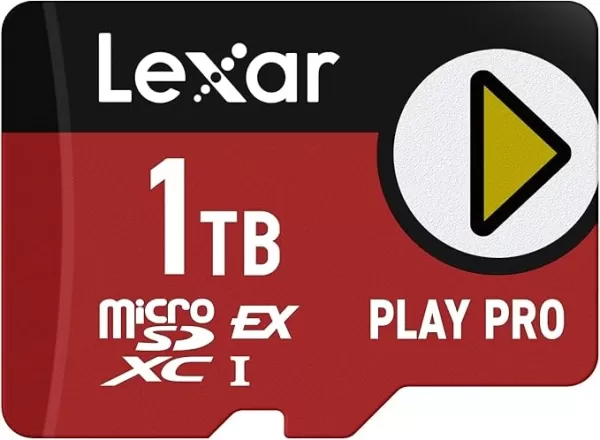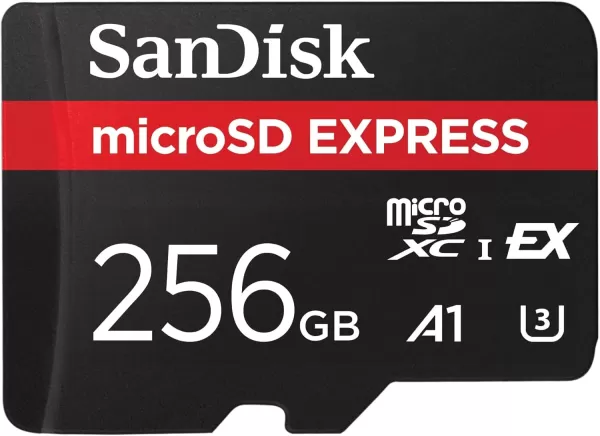Last week, Nintendo unveiled the Nintendo Switch 2, revealing that the new console will exclusively support expansion through MicroSD Express cards. While this news might be a setback for those with existing MicroSD collections, it's a strategic move that aligns with the console's enhanced performance needs. MicroSD Express cards offer significantly faster read/write speeds, closely matching the UFS (Universal Flash Storage) of the Switch 2's internal storage. This advancement means games stored on expansion cards can load just as quickly as those stored internally, though it does come at the expense of compatibility with slower, more affordable MicroSD cards.
MicroSD vs. MicroSD Express
Over the years, MicroSD cards have evolved through various speed ratings, starting from the initial 12.5MB/s to the current SD UHS III standard at 312MB/s. The introduction of the SD Express standard five years ago marked a significant leap in performance. The key difference lies in the use of a PCIe 3.1 interface instead of the slower UHS-I, allowing full-sized SD Express cards to achieve speeds up to 3,940MB/s. Although MicroSD Express cards don't reach these top speeds, they still offer impressive performance, with read/write speeds up to 985MB/s—three times faster than the fastest non-Express MicroSD cards.
Why Does the Switch 2 Require MicroSD Express?
While Nintendo hasn't explicitly stated why it chose MicroSD Express, the primary reason is likely speed. A game installed on a MicroSD Express card will load much faster than one on a traditional UHS-I MicroSD card, thanks to the PCIe 3.1 interface. This requirement aligns with the internal storage upgrade from eMMC to UFS, ensuring that external storage matches the performance of the internal system. Early demos suggest significant load time improvements, with fast travel in games like Breath of the Wild now taking just 35% of the previous time, and initial load times seeing a 3x improvement. These enhancements could be due to the faster internal storage, CPU, and GPU, but the external storage needs to keep pace to prevent bottlenecks in future games that demand faster disk access.
Moreover, the adoption of MicroSD Express allows for future-proofing. The current SD 8.0 Specification supports full-size SD Express cards reaching speeds up to 3,942MB/s, and while MicroSD Express cards aren't there yet, they could achieve these speeds in the future, provided the Switch 2 supports them.
MicroSD Express Capacity Options
Currently, MicroSD Express cards are not widely available, but this is expected to change with the Switch 2's launch. Lexar offers a MicroSD Express card in 256GB, 512GB, and 1TB sizes, with the 1TB option priced at $199. SanDisk provides a 256GB MicroSD Express card, which matches the internal storage capacity of the Switch 2. As the console hits the market, we can anticipate an increase in available options, particularly from companies like Samsung, which are likely to introduce higher capacity cards in the near future.

Lexar Play Pro MicroSD Express
0See it at Amazon

SanDisk MicroSD Express 256GB
0See it at Amazon
 Home
Home  Navigation
Navigation






 Latest Articles
Latest Articles









 Latest Games
Latest Games




![Chubby Story [v1.4.2] (Localizations)](https://imgs.xddxz.com/uploads/85/1719638042667f981a5e9f8.jpg)

![Zia – New Version 0.4 [Studio Zia]](https://imgs.xddxz.com/uploads/47/1719569268667e8b74e6004.jpg)




